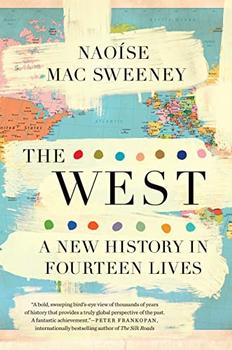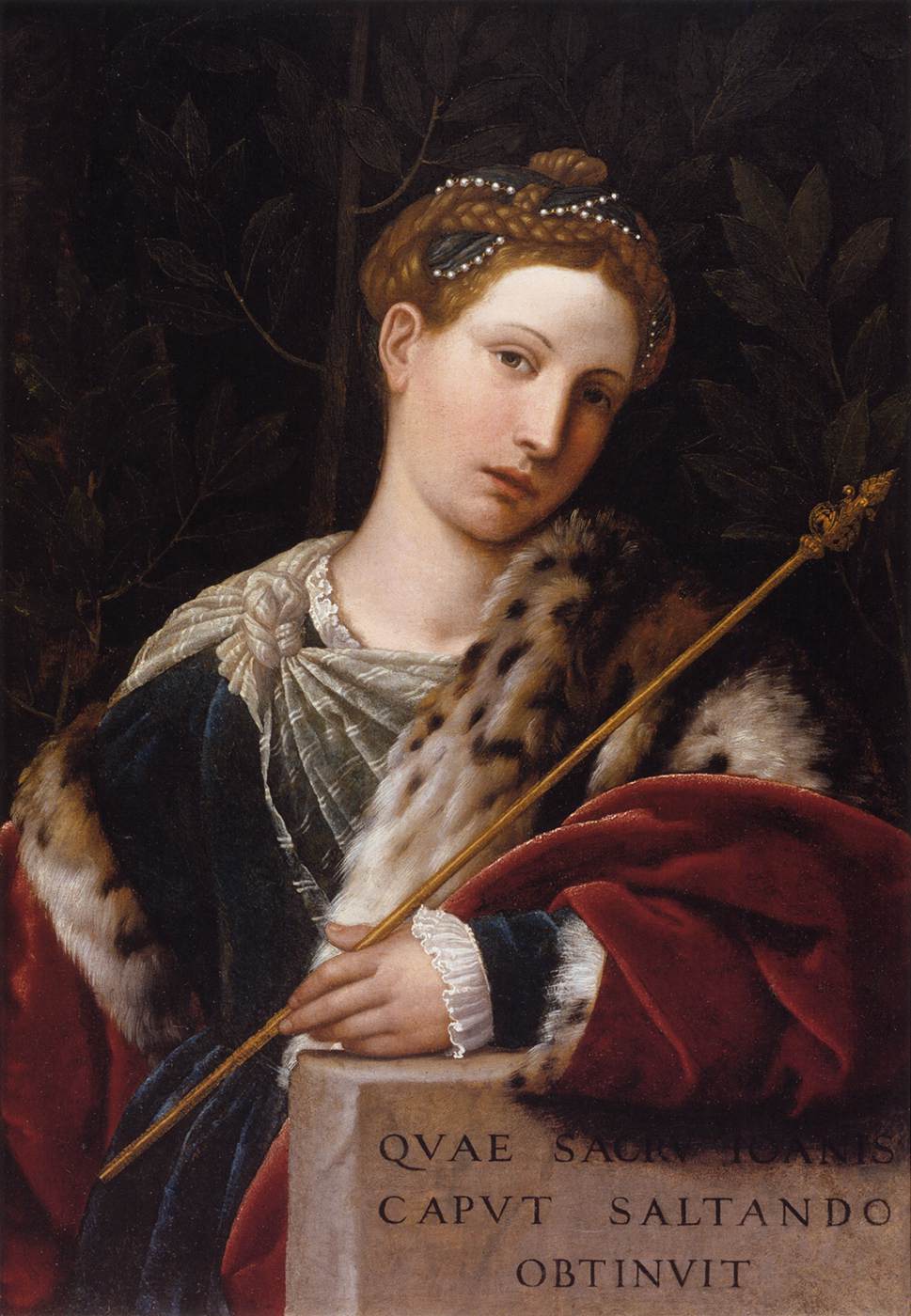Summary | Excerpt | Reviews | Beyond the Book | Read-Alikes | Genres & Themes | Author Bio

A New History in Fourteen Lives
by Naoíse Mac SweeneyThis article relates to The West
 As Naoíse Mac Sweeney explains in her book The West: A New History in Fourteen Lives, the fusing of Greco-Roman roots into a common "Western" narrative took off during the Renaissance, and some of the most illustrative examples of this process came from an unlikely source—a female poet and courtesan named Tullia D'Aragona.
As Naoíse Mac Sweeney explains in her book The West: A New History in Fourteen Lives, the fusing of Greco-Roman roots into a common "Western" narrative took off during the Renaissance, and some of the most illustrative examples of this process came from an unlikely source—a female poet and courtesan named Tullia D'Aragona.
Like many non-noble women, the details of her early life are lost to time. Born sometime between 1501 and 1505, her mother was likely a courtesan, and her father may have been a relative of Ferdinand I of Naples, the Spanish king in whose honor she was named "D'Aragona."
D'Aragona grew up in Rome but moved frequently throughout her life to courts and city-states around northern Italy. By the mid-1520s she established herself as a courtesan, and she cultivated powerful patrons and lovers. Courtesans in the 14th through 17th centuries were a certain class of elite sex workers, but unlike the majority of their profession, they were highly educated and were expected to be skilled at music, poetry and conversation. They socialized and performed in private salons, either in their own homes or those of wealthy and powerful men, building relationships and notoriety with political and economic leaders—essentially, they were minor celebrities in Italian city-states like Florence and Venice. Because she was a high-class entertainer and member of the literati, D'Aragona was immersed in poetry and writing, and she was acclaimed for her gifts even before publishing formally.
In the late 1540s, D'Aragona refashioned her persona as a woman of letters, transcending her career as a courtesan although likely not abandoning it. While she had been writing poetry earlier, in 1547 the Venetian publisher Giolito produced Rime della signora Tullia d'Aragona et di diversi a lei (Poems by Tullia D'Aragona and of others to her). In that same year, Giolito also published her Dialogo della Infinità di Amore (Dialogue on the Infinity of Love).
In her Rime, D'Aragona primarily wrote Petrarchan sonnets, which are fourteen-line poems with a standard rhyme pattern. This poetic format was based on the works of Francesco Petrarca (also known as Petrarch, d. 1374) who was a popular model for Renaissance writers and poets. The book consists of hundreds of related sonnets—she wrote poems addressed to famous people and those people responded with their own, and vice versa. This "choral anthology" so-called because it's made up of multiple voices responding to one another, showed off not only her literary capabilities but also burnished her reputation as a member of the highest literary circles.
But writing for public consumption was seen as scandalous for women at this time—even more so for a sex worker, no matter how educated and famous she was. In the Renaissance, women's silence was equated with chastity, so a woman who was known to be unchaste and also wrote publicly was a target for slander and insults. To navigate this situation, D'Aragona presented herself as a chaste woman motivated by non-sexual love. Her sonnets back and forth with male authors emphasize spiritual love for those people based on their valor and intelligence. She also weaves in love for God, and the ability of love and knowledge to improve a person.
The persona she presents in her love poetry exudes womanly virtues as the modest, lauded object of her male correspondents, and she returns their sentiments and praises in equally restrained and chaste language. D'Aragona thus negotiates a landscape fraught with negativity for a woman expressing herself publicly. She establishes her right to write through the approval of her male colleagues and her literary relations with them, and she uses the theme of celestial, non-physical love as her means of speaking with men in the public sphere. In a world where women's speech equaled their promiscuity, D'Aragona sidesteps any suggestion she is unchaste and emphasizes her persona as a poet, not a courtesan.
She continued to walk this fine line with her prose work, Dialogue on the Infinity of Love. Again, she expounded on themes of spiritual love, what we now call "platonic" but what was known in the Renaissance as Neoplatonic philosophy. It was a daring redefinition of her persona and one that brought her fame and relatively little scandal as she reached middle age. In fact, during the period she lived in Florence in the 1540s, she petitioned the Medici rulers to exempt her from wearing a yellow veil as sex workers were required to. Cosimo de Medici obliged, citing her "rare knowledge of poetry and philosophy" as the reason for his decision.
D'Aragona's poem Il Meschino (The Wretch), which came out posthumously in 1560, was a tour de force at over 28,000 lines, and it exemplified the development of Greco-Roman motifs, as Mac Sweeney explains. D'Aragona's literary versatility and shape-shifting persona make her one of the most unique figures in Italian literature, yet as the Counter Reformation and Enlightenment periods progressed, female poets were often overlooked or forgotten. Fortunately, recent historians have rediscovered the rich talent of women like Tullia D'Aragona, and we now have a fuller understanding of the literary history of the Renaissance.
Portrait of Tullia D'Aragona as Salome, by Moretto da Brescia (1498-1554); in the Pinacoteca Tosio Martinego Gallery, Brescia.
Filed under Books and Authors
![]() This article relates to The West.
It first ran in the May 17, 2023
issue of BookBrowse Recommends.
This article relates to The West.
It first ran in the May 17, 2023
issue of BookBrowse Recommends.
Your guide toexceptional books
BookBrowse seeks out and recommends the best in contemporary fiction and nonfiction—books that not only engage and entertain but also deepen our understanding of ourselves and the world around us.